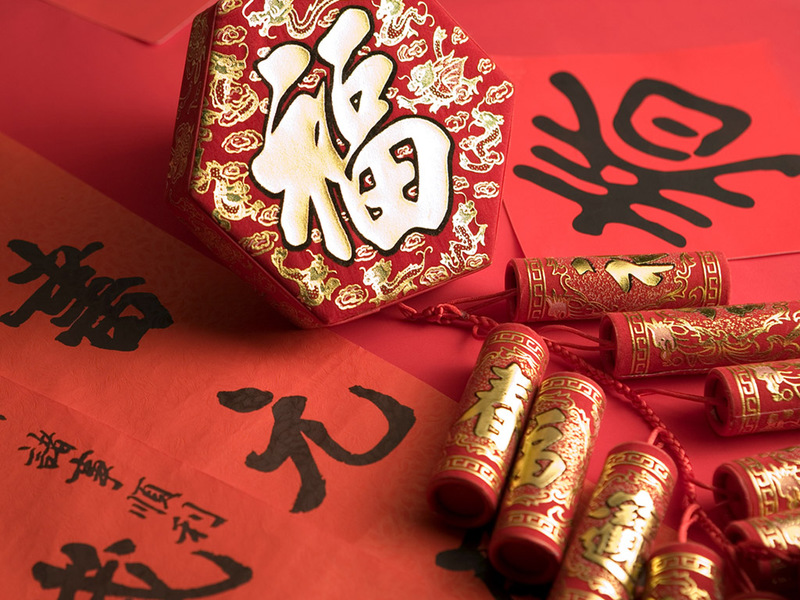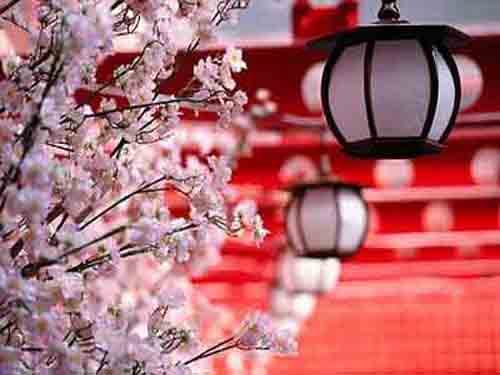Spring Festival is also known as the Chinese New Year throughout the west. It's the first day of the year in the lunar calendar, usually in late January or early February.
The Spring Festival is the most important festival in China. Beginning the first day of the lunar year, the celebration usually lasts for weeks.
Before the event, houses are thoroughly cleaned. Everyone gets a haircut and purchases new clothes. People burn incense at home and in the temples to pay respects to ancestors and to ask the Gods for good health, peace, and luck in the coming year.
Red lanterns are hung everywhere. Red scrolls with complementary poetic couplets are pasted at every gate, one line on each side of the gate.
 
On Chinese New Year's Eve, families have a reunion feast of jiaozi (dumplings) and niangao (a kind of sticky rice cake), and then stay up and talk through the night, talking about the past and the future.
When the clock rings to announce the arrival of the New Year, many households set off fireworks at almost the same time, creating a thunderous roar and clouds of smoke. This ceremonial use of fireworks is meant to send off the old and usher in the new.
Early the next morning and on the following days, everyone wears new clothes. People pay New Year visits to relatives and friends to extend the New Year's greetings. Cities, rural towns, and villages present waist drum displays, Yangge dancing, lion and dragon dancing, and other folk dances.
There are other grand celebrations, such as the Temple Fairs in Beijing.
Chinese New Year is celebrated by Chinese throughout the world. Wherever one finds large Chinese communities, one finds large celebrations.
|
